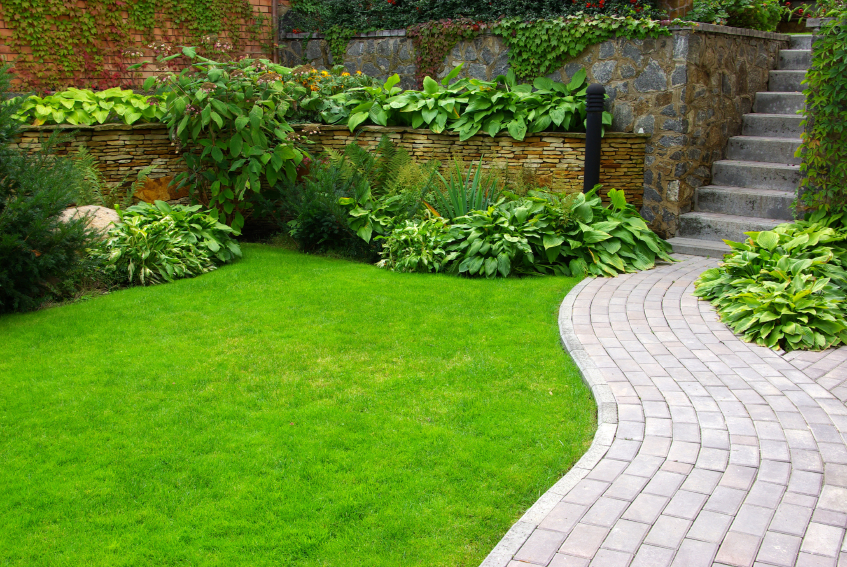Doing Landscaping With An Architect’s Eye

Perhaps you’re considering having some landscaping done around your home. Or maybe not, but if you looked around carefully at your house and property you would reach the conclusion that you should! Intelligent questions to ask yourself about landscaping involve looking at it with the eye of an architect. How is this so? Because your property is integrated with your house, even if you’ve never thought much about it before and even if whoever designed your home also didn’t think much about it. In other words, your property isn’t just some piece of land (perhaps with a bit of gardening) to contain your house. Your real estate is an extension of the building in which you dwell.
Thinking about potential landscaping as an architect might can open up whole new worlds of exciting and aesthetically pleasing ideas to your mind. Let’s look at some of the things that an architect might take into consideration about your property.

Figure-ground theory
In architectural design, figure-ground theory tells us that the space that is engendered by the placement of figures (in your case, your house and any other buildings around it on your land such as a detached garage, detached office, etc) is equally important to the figures themselves. So, your grounds are equal in design importance to your house. Your house and any other buildings contain positive space — this is where people gather or dwell. The grounds contain negative space — that is, the space through which people move in order to get somewhere.
The landscaping question here is: what can you do to your property in order to make someone’s passage through the negative space more interesting, a journey beyond just a pragmatic path for going from A to B? What can you place for people to pause to look at? How can you tell a story for people to absorb as they move from place to place (from “figure to figure”) around your land?
Imply things. Design elements or spaces are implied when they are invisible to the eye and yet we can see them anyway. How can you use landscaping in harmony with the architecture of your buildings to imply things to people?
Positive spaces don’t need to be spaces such as home interiors or offices or eateries. They can be in the landscape, too, and there they are created by giving three dimensional space a defined shape in addition to a boundary (obvious or implied) between the inner space and the surrounding space. Positive spaces in the landscape can be engendered by a virtually unlimited array of methods. You can make use of solid volumes, the edges of buildings, walls, walkways, columns, trees, sloping earth, arbors, overhangs, continuity of edges or lines or repetition with gardening elements…let your landscaping vision flow wildly.
Genius loci. This Latin phrase literally translates as “the genius of a place”. It refers to the special qualities of a unique place. How can you create special localities on your property that people won’t soon (or ever) forget about as they go from one location to another?
There is much that you can research about landscaping elements and various flowers, plants, and trees to use. Use these architectural basics here to harmonize your landscaping efforts with your house and any other buildings.
Gary Sauer is a 3rd generation realtor who specializes in the Venice new homes market. When he is not helping others find their dream home, he spends all his time with his wife Gill and their two kids, Robert and Nichole.
